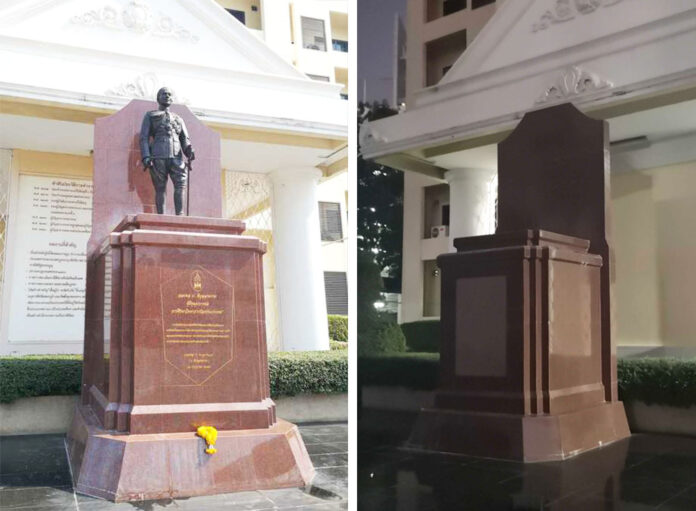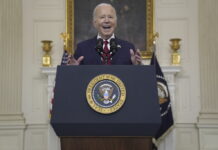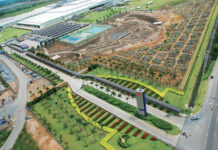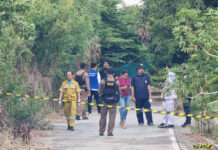
Although I am not a fan of former Prime Minister and autocrat Field Marshal Pibulsongkram, the removal of two bronze statues of him is something all Thais should be worried about.
Recently, the National Defence College in Bangkok removed a slightly larger-than-life-size bronze statue of Thailand’s longest serving prime minister. A few days earlier, an artillery base in Lopburi province did the same.
I visited both places on Monday after rumors of their disappearance took wings on social media. In fact, I visited the National Defence College just days prior, while the statue was still standing. To see the relic scrapped without any explanation was a disturbing experience.
To this day, I never received any straightforward answer from those running those facilities why the statues had to go. On my visits, it seemed to me that the military personnel were under a lot of pressure to remain taciturn, perhaps because the answer may be too complicated for the public to understand.
If statues of someone so influential to modern Thailand could be removed without a trace, modern Thailand as we know it is in deep trouble.
Though Pibulsongkram was an autocrat who played a crucial role in entrenching the military’s influence in politics, he also promoted greater role of commoners in Thai society, while combating the traditional elite at the same time.
Royal absolutism ended in 1932 in a coup that he helped lead. Pibulsongkram, who would go on to rule Thailand for a total of 15 years, worked to implement class equality in Thai society, though he ended up developing a cult of personality around him.
Scholar Kobkua Suwannathat-Pian noted in her book “Thailand’s Durable Premier” that Pibulsongkram’s own goals were most likely to “permanently eliminate the rule of absolute monarchy and its deep-rooted prestige and influence over the people in the country.”
Could this be the reason why, in a climate where concerted attempts are being made to restore and revive the supreme dominance of the monarchy, that Pibulsongkram statues must go?
The Field Marshal may have died five decades ago while in exile in Japan, but his ghost, and the ghosts of his fellow revolutionaries who overthrew absolute monarchy, are still a haunting threat to some. And to the powerful, ghostly threats must be exorcised.
After all, Pibul is larger than life. This country’s name was changed from Siam to Thailand in 1939 under his decree, as was Thailand’s official new year from its traditional Songkran day in April to January 1st.
Even pad thai, possibly the most popular Thai dish among foreigners today, was given its current form under this nationalist leader’s guidance, in order to come up with noodles that are more Thai than Chinese.
No matter what you think of Pibulsongkram, whether you like or loathe him, we all should be worried that if tangible reminders of the memories a man of his stature can be readily removed, how do we know that people of much less smaller status than him won’t also be erased? How would school textbooks treat them?
To ask questions about Pibulsongkram’s statues is not about Pibulsongkram himself, but about protecting our collective Thai history from being airbrushed. The histories of the 1932 revolt and those who plotted it are an inseparable part of modern Thailand. They had inspired countless people to pursue the unrealized dream of an equal and democratic society.
We cannot just remember historical figures that we like and delete the rest because history, like the present, is complex. Without understanding its major players, we won’t know how we came to be where we are today.
In the end, it is not just the memories of Pibulsongkram that are at stake – but that of modern Thai history itself.












































